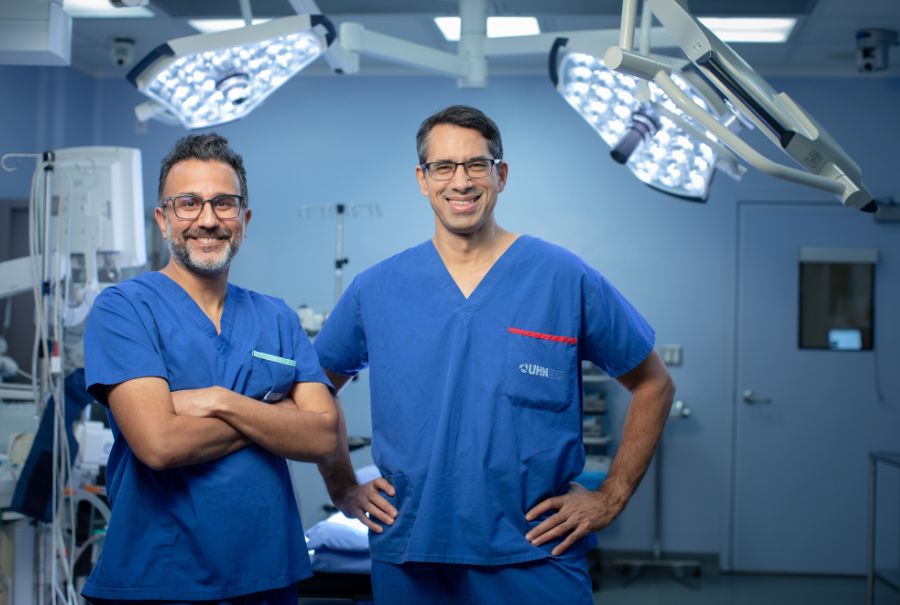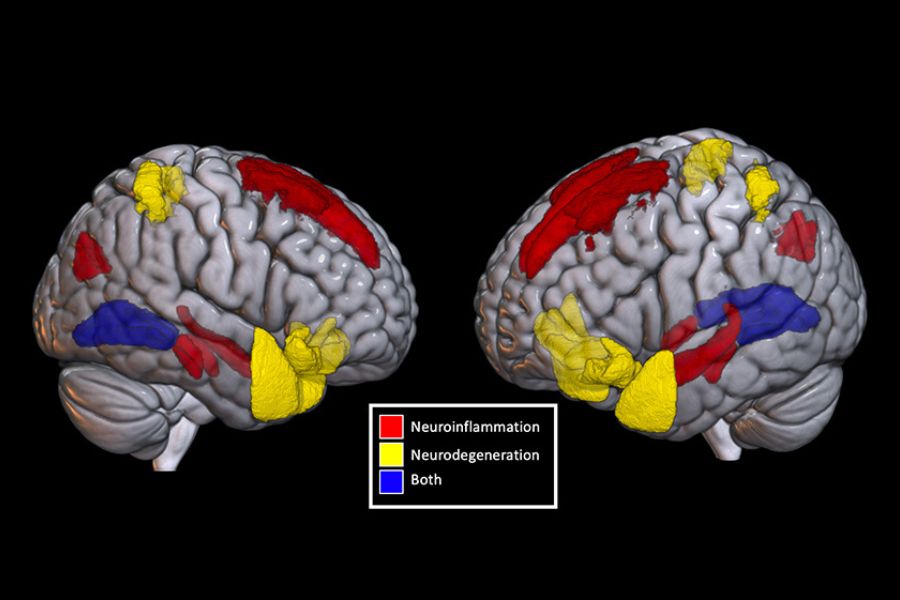GETTING POLICY PASSED
So far, Dr. Tator and his team have made progress in all three areas. In March, the Ontario government passed Rowan’s Law, named after 17-year-old Rowan Stringer who died in 2013 after suffering two concussions within a week. Dr. Tator, among others, helped lobby the government to pass it. The law states states that hockey coaches must oversee player safety, while organizations need to develop protocols for the removal and re-entry of a player into a game after a hit to the head has occurred. He hopes other provinces will adopt this, too. “That’s the plan,” he says. “To have it spread across the country.”
DONATING BRAINS TO RESEARCH
On the research side, the Canadian Concussion Centre recently made headlines after it received commitments from four female athletes – Olympic skier Kerrin Lee-Gartner, hockey legends Cassie Campbell-Pascall and Fran Rider, and rugby star Jen Kish – to receive their brains after they pass away. This is a coup, because, so far, the Centre has only received brains from male athletes. Since concussion symptoms can be worse in women, and last longer, than in men, doctors need the brains of female athletes to fully understand the damage concussions can do, says Dr. Tator. Ideally, by studying the brains of deceased athletes, and monitoring the health of still-living ones – the Centre is doing regular tests on more than 100 Canadian Football League alumni – doctors will be able to help people prevent brain damage before it’s too late.
LOOKING FOR A TREATMENT
To that end, Dr. Carmela Tartaglia, a neurologist at Krembil, and the Marion and Gerald Soloway Chair in Brain Injury and Concussion Research, is looking at the abnormal buildup of a protein called phosphorylated tau or p-tau in the brain. It’s linked to the development of chronic traumatic encephalopathy (CTE), a neurodegenerative disease that has been found in former athletes like boxers or football players, who have sustained multiple hits to the head
over time. She’s trying to detect abnormal tau and its effects on the brain by combining information from p-tau imaging tests and cerebrospinal fluid, genetics, eye tracking and neuropsychological assessments. “We want to say your brain is vulnerable to concussions and you cannot afford to get any more,” she says. While the Centre may be tackling the concussion issue from various sides – Dr. Tator is also working with Ontario’s Ministry of Education to study concussion education – whether it’s policy, education or research, the goal is the same: To keep brains safe. “Our duty is to the research, but it can’t just be that,” he says. “We need to be at the centre of this and shaping those around us.”
This article originally appeared in the 2018 issue of Krembil magazine. Read it here.


